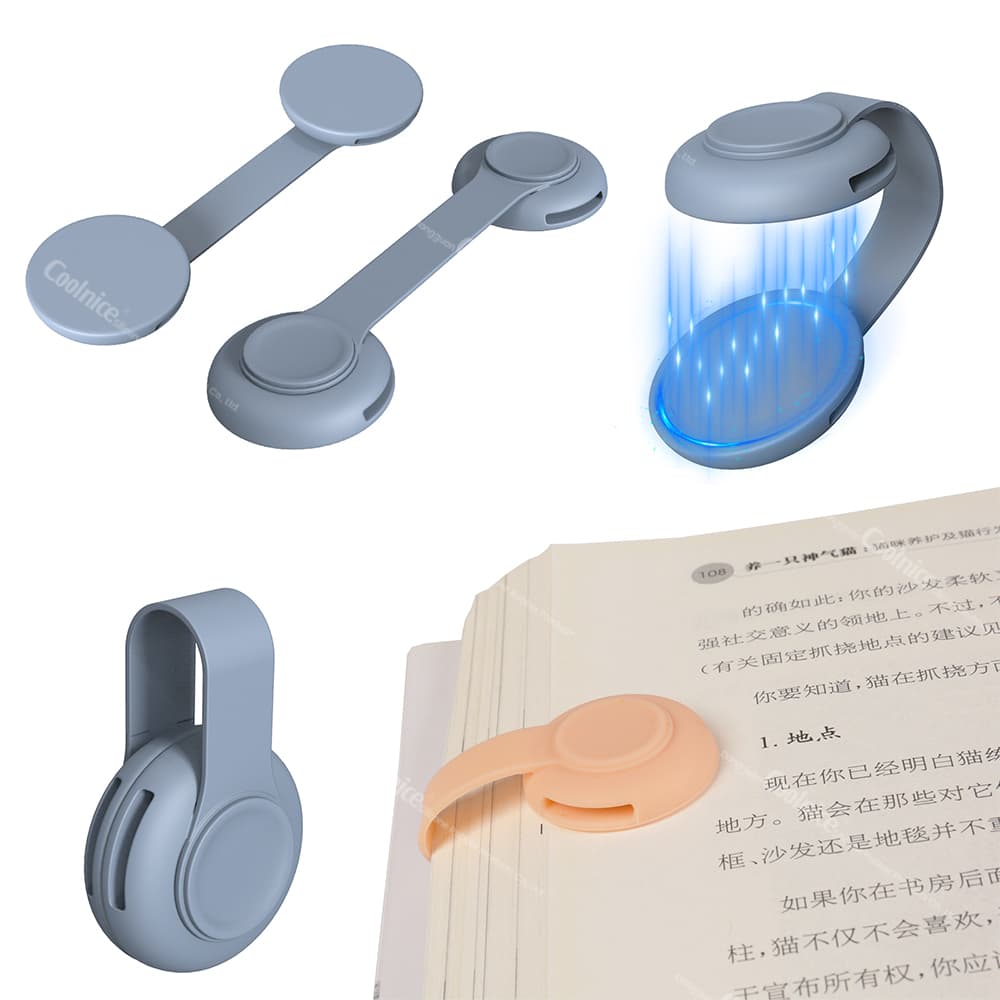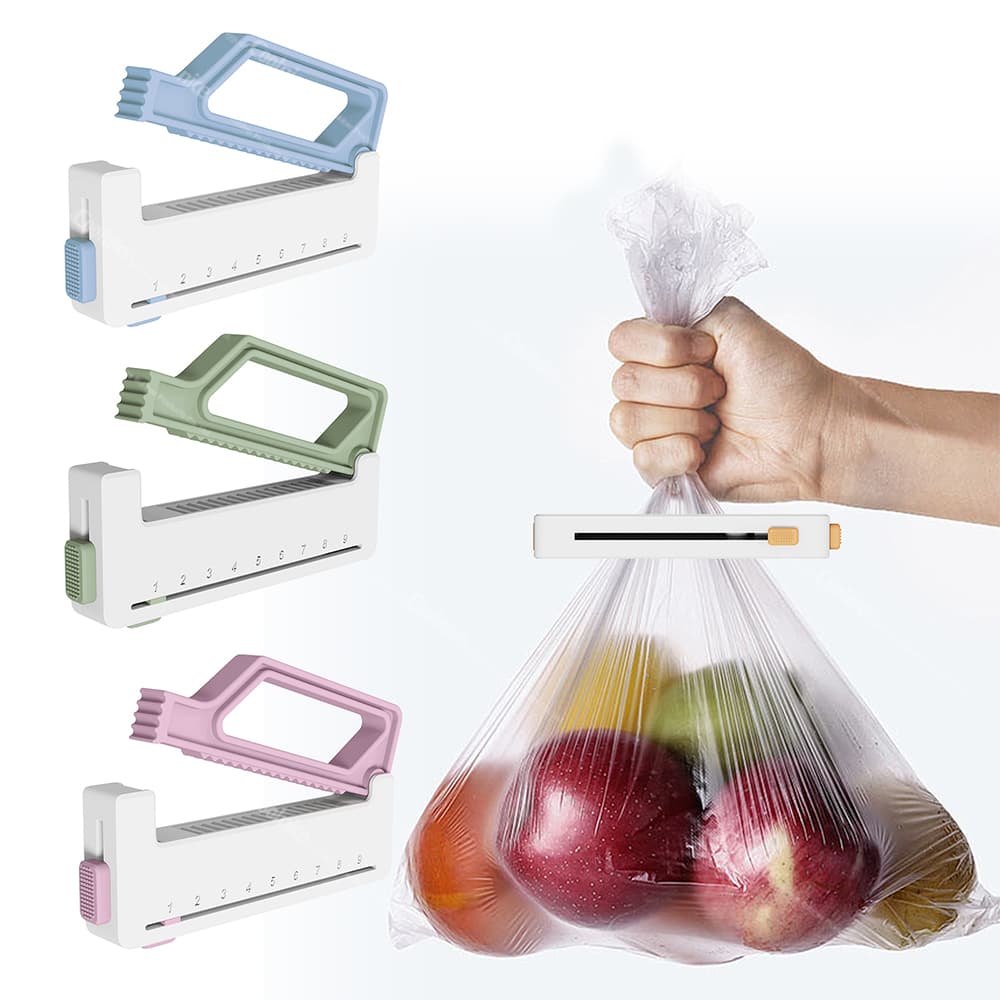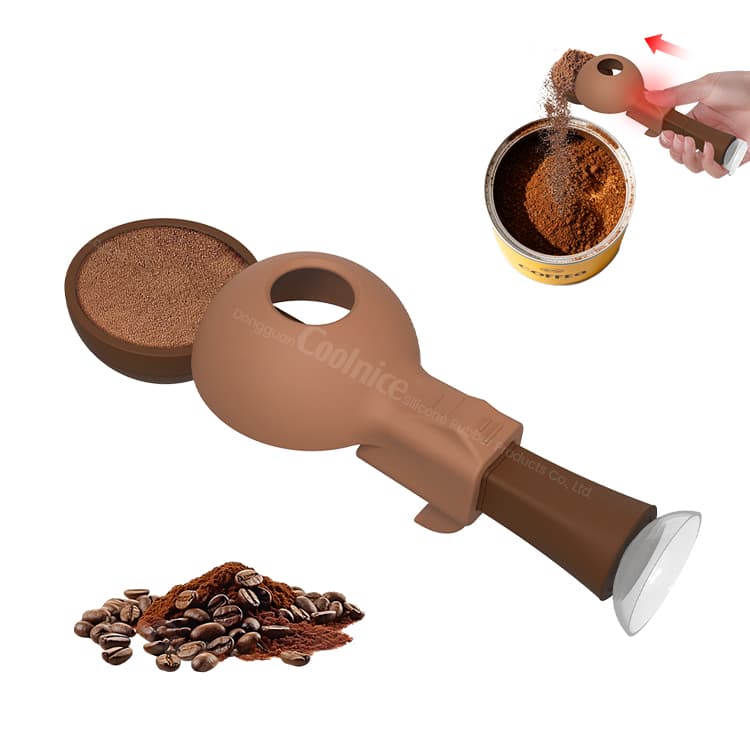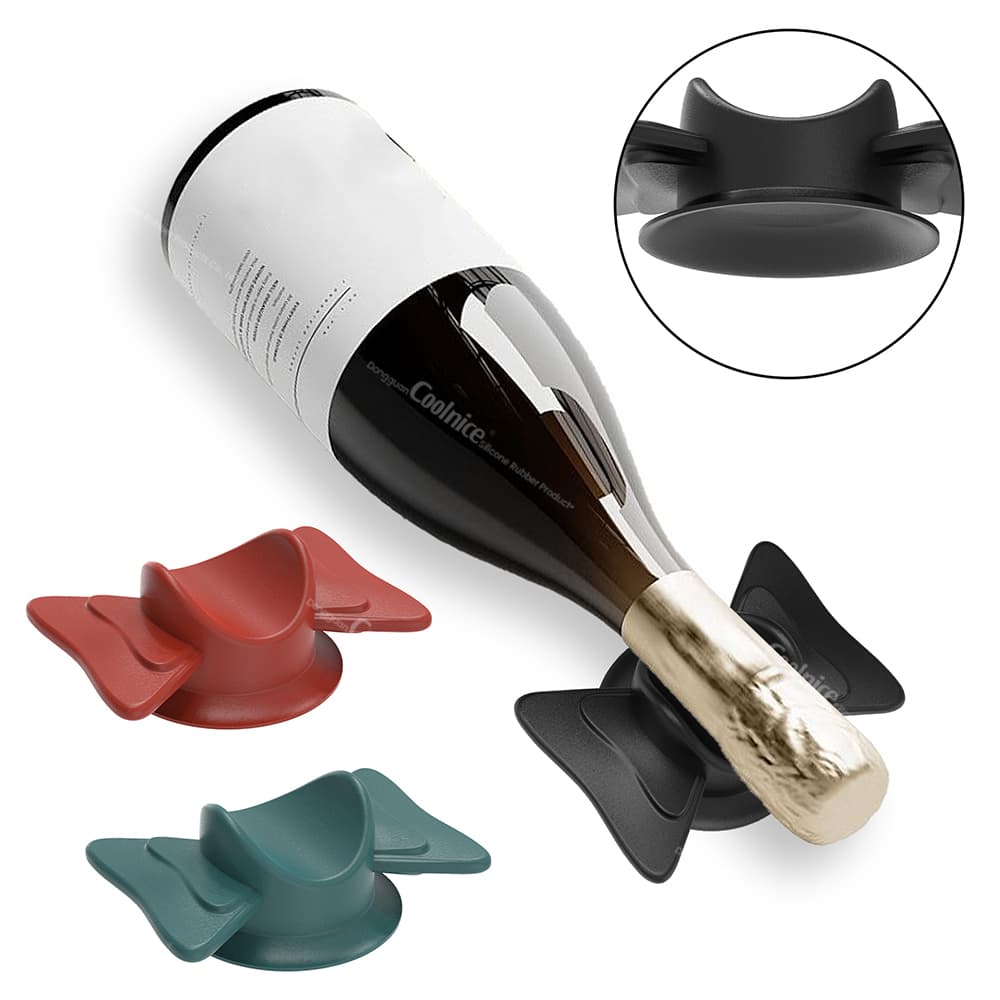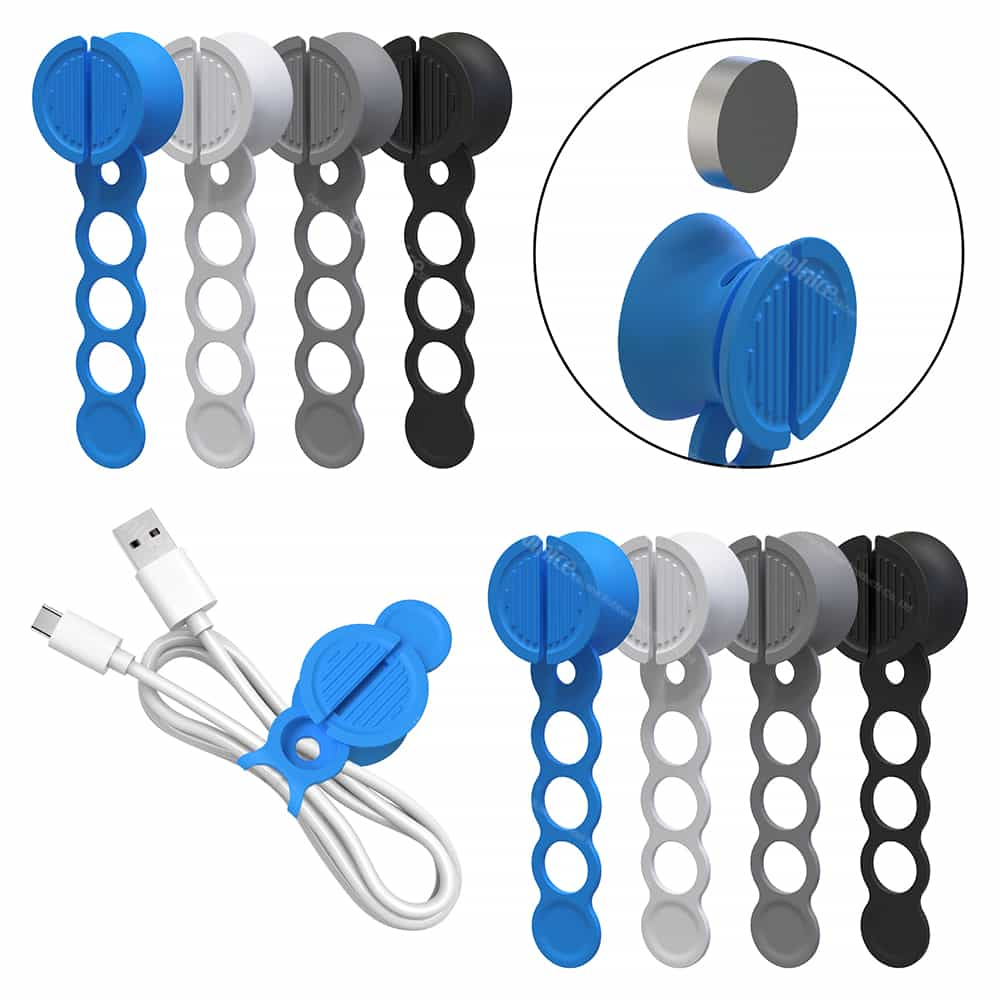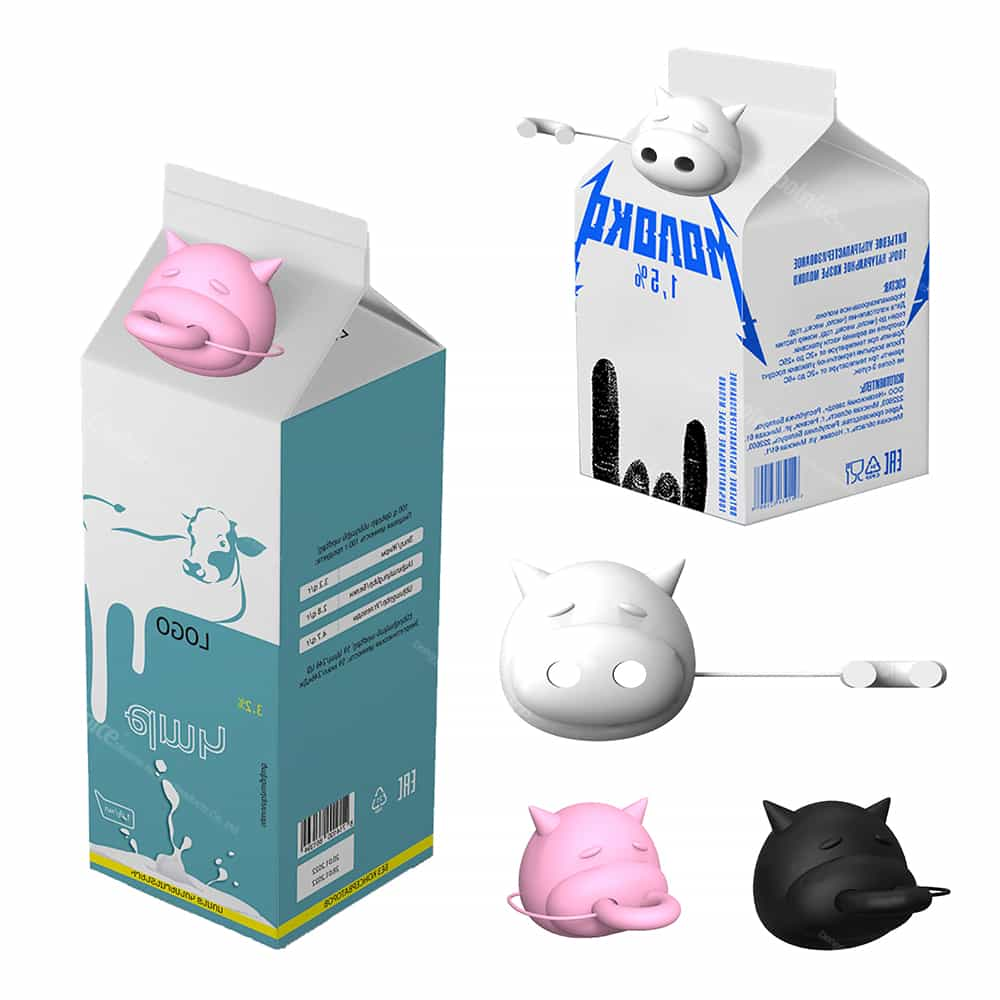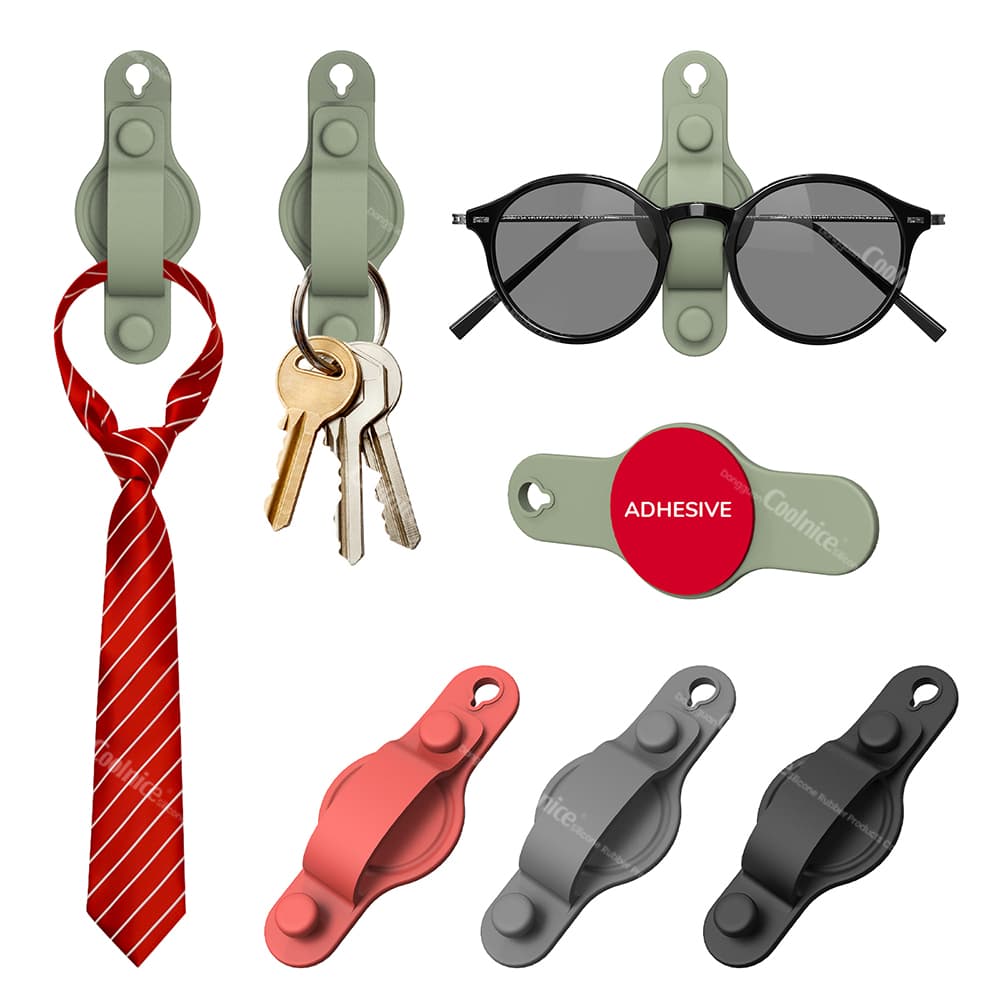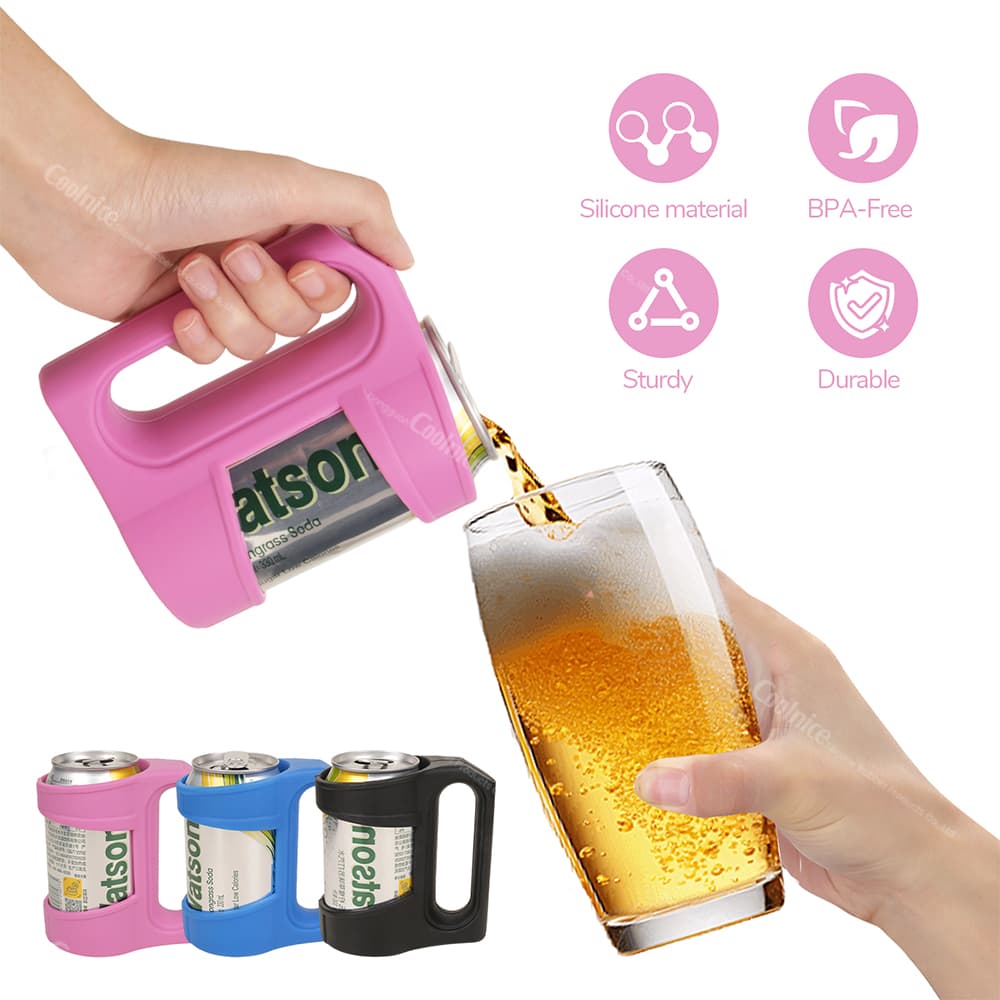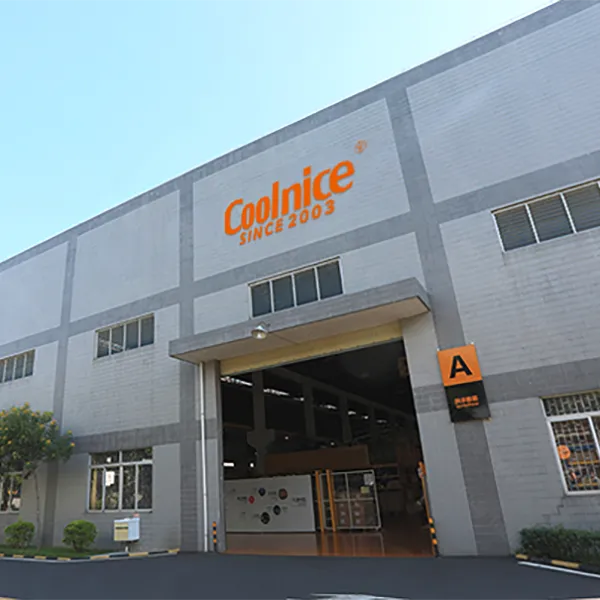Wall-Mounted Utensil Holder: The Complete Guide for B2B Buyers
In today’s fast-paced kitchens, both at home and in restaurants, efficiency is essential. A wall-mounted utensil holder is not only a practical tool for organization but also an attractive product category for wholesale and OEM/ODM buyers. By offering customizable options and large-scale production, factories like Coolnice support distributors, retailers, and food-service suppliers who need reliable and scalable kitchen storage solutions.
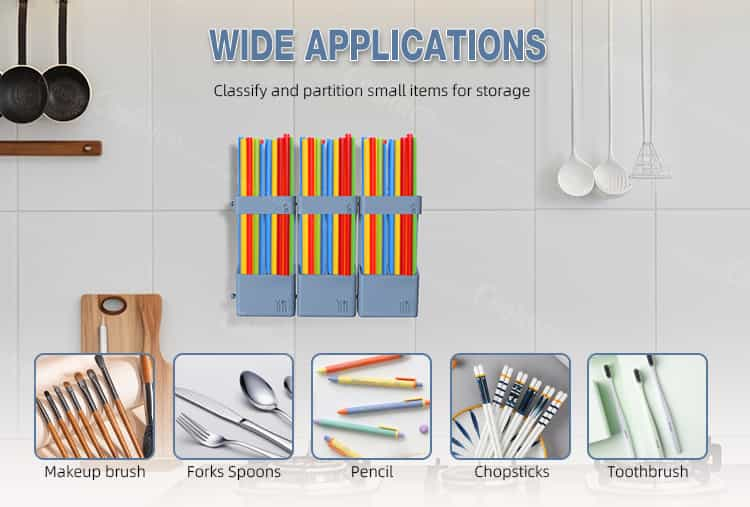
Why Wall-Mounted Utensil Holders Are in Demand
Modern consumers value convenience and hygiene. Instead of cluttered drawers or crowded countertops, a wall-mounted utensil holder keeps tools accessible and neatly displayed. This design is especially popular in small apartments, commercial kitchens, and cafes where saving space is critical.
From a B2B perspective, these products combine functionality with high-volume demand. Retailers and wholesalers can easily integrate them into product catalogs because they appeal to households and professional chefs alike.
Benefits of a Wall-Mounted Utensil Holder
A wall-mounted kitchen organizer provides several clear advantages:
-
Space Optimization: By using vertical wall space, users free up counters for cooking tasks.
-
Better Hygiene: Open-air storage allows utensils to dry quickly, reducing bacterial growth.
-
Easy Access: Frequently used items like spatulas and ladles stay within reach.
-
Custom Options: Businesses can offer custom utensil holders with branded logos or packaging.
For buyers in the wholesale market, these benefits translate into strong consumer appeal and consistent reorders.
Factory Production and Quality Assurance
When sourcing from manufacturers, buyers need to evaluate not just the product but the production process. In our facility, wall-mounted utensil holders are produced using precision injection molding machines. Each unit goes through a strict quality inspection line, ensuring durability, load-bearing strength, and smooth finishing.
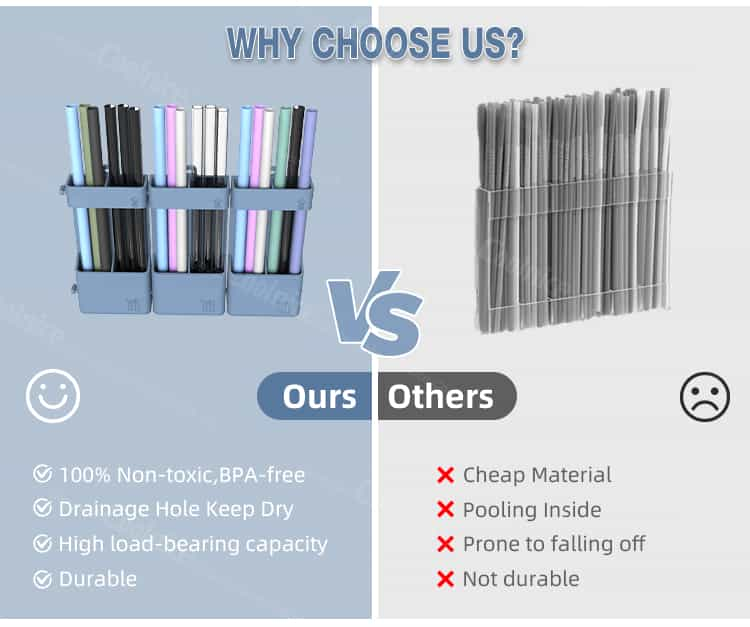
The factory workflow includes:
-
Raw Material Selection: High-grade PP or silicone is chosen for strength and safety.
-
Injection Molding Process: Automated machines ensure consistent dimensions.
-
Assembly Line: Components such as adhesive panels or screws are fitted with accuracy.
-
Quality Control: Random batch inspections test adhesion strength and heat resistance.
-
Packaging: Options include neutral bulk packaging or customized boxes with brand logos.
This industrial process ensures that every utensil storage box or holder meets international safety standards, including FDA and LFGB compliance where required.
Wholesale and OEM/ODM Opportunities
For B2B clients, one of the strongest advantages is the ability to scale. Factories typically offer:
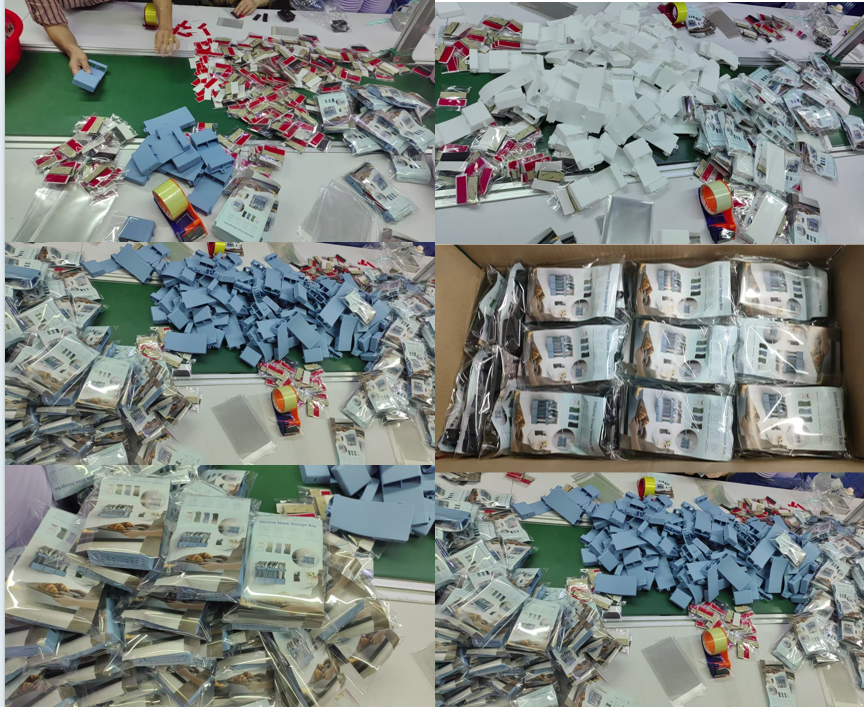
-
Low MOQ: Flexible order quantities for startups and established distributors.
-
OEM Branding: Adding custom colors, printing, and packaging for private labels.
-
ODM Development: Designing new models, such as multi-slot holders or magnetic systems.
-
Bulk Discounts: Competitive pricing for high-volume buyers seeking wholesale utensil holders.
This approach supports distributors who want to differentiate their catalogs while maintaining profitability.
Practical Applications in Kitchens
Wall-mounted designs are not limited to home use. In hotels, restaurants, and cafeterias, efficiency is vital. A kitchen utensil organizer mounted on the wall reduces time wasted searching for tools. Large commercial kitchens benefit from modular wall systems, while household buyers appreciate compact models for small apartments.
Some products feature detachable trays that function as both a utensil storage box and a removable cleaning container. These dual-use designs increase product value and customer satisfaction.
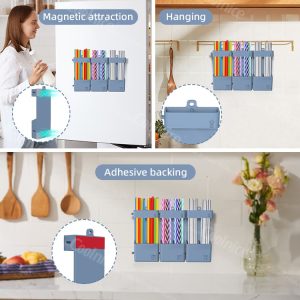
Customization: Turning Products into Brand Assets
Beyond functionality, B2B buyers look for opportunities to create unique products. A custom utensil holder can be produced in various finishes, from minimalist matte black to colorful silicone designs. Factories can also adapt the mounting system—adhesive, magnetic, or screw-based—depending on target markets.
For brands serving eco-conscious consumers, offering a wall-mounted kitchen organizer made from recycled or food-grade silicone creates differentiation and appeals to green buyers.
Frequently Asked Questions
Q1: Are wall-mounted utensil holders safe for heavy tools?
Yes, most models are designed to hold common utensils like spatulas, ladles, and whisks. In factory testing, holders undergo load-bearing assessments to ensure durability.
Q2: Can I order custom designs for my brand?
Absolutely. OEM/ODM factories provide custom utensil holders with logos, color matching, and packaging that align with brand identity.
Q3: What materials are commonly used?
High-quality ABS plastic, stainless steel, and silicone are typical. For food-contact safety, utensil storage boxes can also be made with FDA- or LFGB-grade materials.
Q4: What is the standard MOQ for wholesale orders?
Factories often offer MOQs as low as 200–500 units for bulk orders, with competitive pricing at higher volumes.
Q5: How long is the production lead time?
Standard orders take 15–25 days, while custom ODM designs may require 30–40 days, depending on complexity.
Conclusion
The growing demand for practical kitchen solutions makes the wall-mounted utensil holder a valuable product for both households and commercial buyers. With factory-level production, strict quality control, and customizable features, B2B clients can confidently expand their catalogs.
By partnering with a reliable manufacturer, distributors gain access to wholesale pricing, OEM branding, and scalable production capacity. For businesses targeting home and commercial kitchens, investing in a wall-mounted kitchen organizer ensures long-term growth and customer satisfaction.


